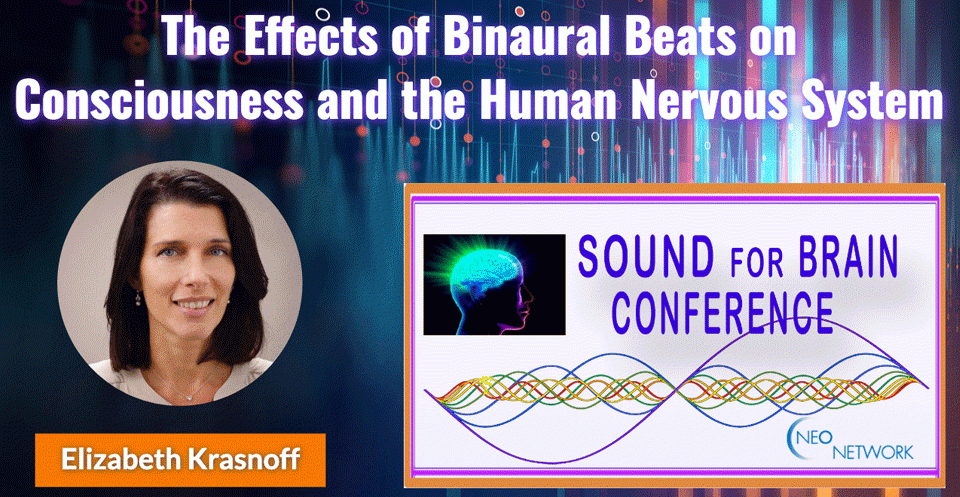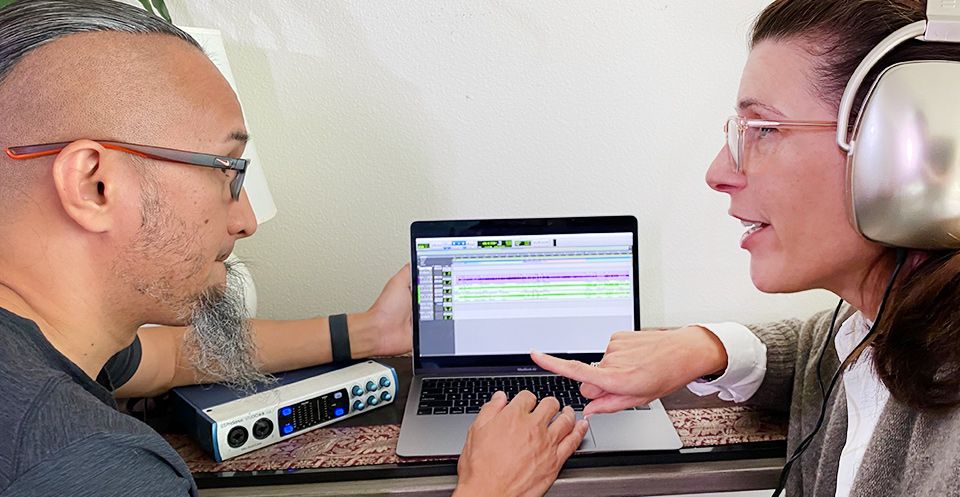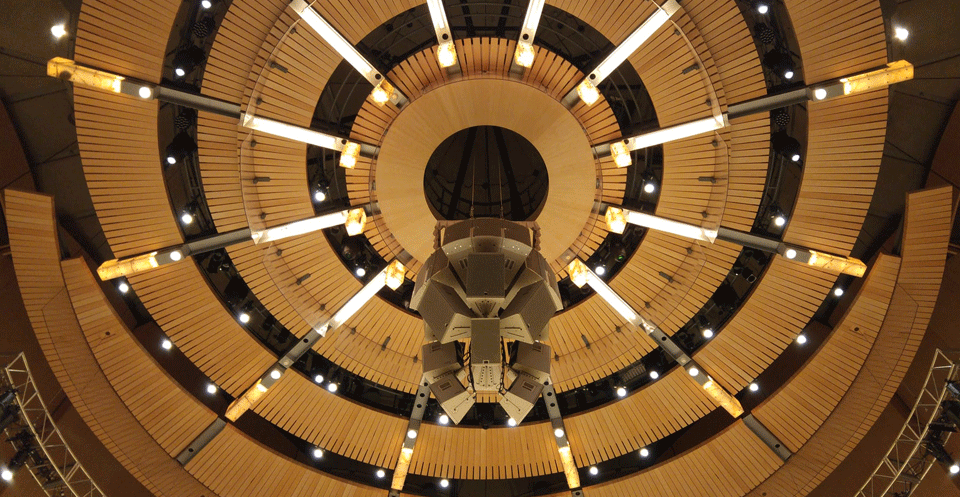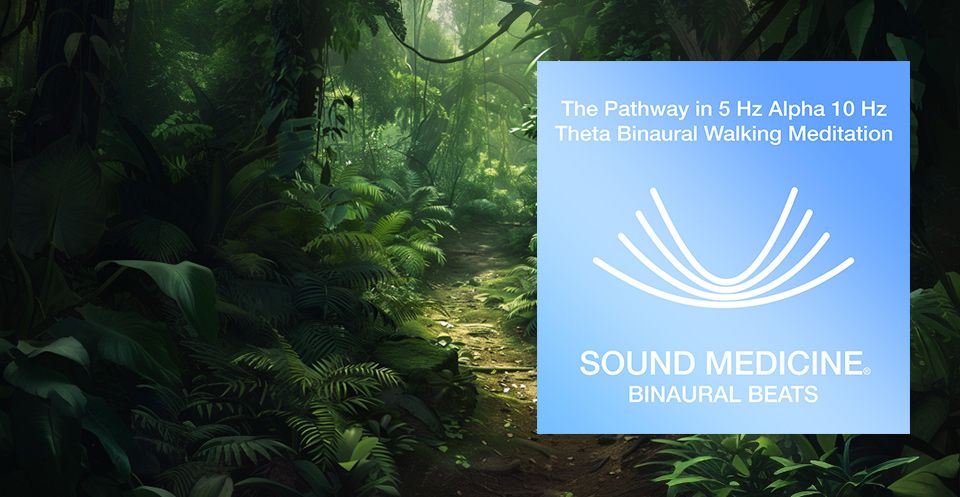Find Intimacy And Feel Good With Binaural Beats
By Elizabeth W. Krasnoff, PhD
The need to find intimacy with another person and feel good about it is wired into the human brain.[1] The real surprise is that scientists now think that our capacity to fully experience sexuality may have contributed to our capacity for potent spiritual experiences. The human ability to experience spiritual transcendence may be an evolutionary development that is closely related to the dissolving of self that occurs during orgasm.[2]
Recent research shows that the neuroendocrine mechanisms that allow humans to enjoy sexuality and experience spiritual transcendence occur through similar neurobiological processes that bring about a temporary feeling of loss of self.[3]
Scientists think that the neural architecture involved in human sexuality also contributed to the capacity for transcendental spiritual experiences. Reports of spiritual transcendence often describe an experience of “selflessness” and unity with nature, the cosmos, or with God. Sexual orgasm often evokes similar feelings.[4]Getting into a relaxed state can support transcendental experiences and may support intimacy as well. Since the mind and body are connected, relaxation methods work on the mind and body as well. Sound technology such as binaural beats (BB) can support intimacy and feeling good by influencing brain wave patterns.
Brain waves are the pattern of electrical activity or activities that occur in the brain. Brain wave patterns constantly respond to information from outside the body, including sound and visual effects. Scientists have recently learned how to monitor the brain’s response to BB by using EEG to provide biofeedback on the waves. Electroencephalograph, or EEG can provide moment-to-moment feedback showing changes in brain wave patterns. EEG gathers information by attaching electrodes to the scalp.[5]
BB technology is used to enhance brainwaves in response to specific sound frequencies. A BB is a rhythmic stimulus which is used to influence brainwaves to follow a sound frequency.[6] Stereo headphones are needed to listen to BB since the beats consist of two slightly different sound frequencies, one in each ear. The brain responds to the difference between the two sound frequencies that it hears by producing a third sound. After about ten minutes the two hemispheres of the brain begin to harmonize with the third sound and produce brainwave states which can include relaxed ones such as alpha and theta.
What are alpha and theta brainwave states? Alpha brain waves, also called alpha brainwave states, operate at a frequency of 8-12 Hz. You are likely to feel very relaxed and passive while in alpha. Theta brainwaves are associated with trance states.[7] Science has continued to suggest the ability of BB to change the way we feel.[8] Szabó et al. studied delta and theta-alpha BB and found that theta-alpha BB were capable of inducing a trance state of consciousness.[9] Perales et al. found that in a laboratory virtual reality environment (VR), alpha BB worked better than non-BB for relaxation and meditation.[10]
Brain mapping using EEG shows that sexual intimacy involves rapid changes in the brain’s septal region, as well as the amygdala and thalamus.[11] This brain network is driven by complex emotions including empathy, as well as body image. Alpha waves may facilitate sexual response by promoting relaxation.[12] Research on women’s sexuality using an MRI show that certain brain regions are activated during orgasm including sensory, motor, reward, frontal cortical, and the brainstem.[13] Since relaxation is a key support for sexual expression, alpha waves may support women’s sexuality. BB have been found to relieve anxiety and support relaxation.[14] Experiments in a laboratory virtual reality environment showed that alpha BB worked better than non-BB sounds for relaxation.[15]
You can use BB technology to support your intention to relax and enjoy intimacy. There are 5 different brainwave states, and you can choose the brainwave state that you want to support by selecting the corresponding BB. Since BB are played silently beneath music, choose music that you like. The music itself will also support your desired state, so choose music that works for you personally. Remember that BB work by playing a different tone in each ear, so you must use headphones or earbuds (but not while driving please!). Over-the-ear headphones are best since they provide you with a fuller frequency sound. Always listen to BB for at least ten minutes. It takes at least that long for brain neurons to start firing off in response to BB. I also prefer to use BB from research based binaural beats companies, rather than BB of unknown origin that are flooding Youtube, Spotify and other channels.
Stay tuned to future issues of this column, where we will show you how to use BB for sleep or mental focus. Visit Elizabeth at www.sound-medicine.com.
Sign up for the newsletter and receive a free binaural beats creativity track. For the full immersive Sound Medicine® experience, download our app and receive a free two-week trial.
As seen in SF Yoga Mag
[1] Cohen, D. (2019). Sex and the Evolution of Spirituality. In The Evolution of Religion, Religiosity and Theology (pp. 54-69). Routledge.
[2] Ibid., 55.
[3] Ibid., 55.
[4] Ibid., 55.
[5] Ortigue, S., Patel, N., & Bianchi-Demicheli, F. (2009). New electroencephalogram (EEG) neuroimaging methods of analyzing brain activity applicable to the study of human sexual response. The Journal of Sexual Medicine, 6(7), 1830-1845. https://www.sciencedirect.com/science/article/abs/pii/S1743609515325613
[6] Aparecido-Kanzler, S., Cidral-Filho, F. J., & Prediger, R. D. (2021). Effects of binaural beats and isochronic tones on brain wave modulation: Literature review. Revista Mexicana de Neurociencia, 22(6), 238-247. https://doi.org/10.24875/rmn.20000100
[7] Abhang et al., 2016 Abhang, P. A., Gawali, B. W., & Mehrotra, S. C. (2016). Introduction to EEG-and speech-based emotion recognition. Academic Press; Jirakittayakorn, N., & Wongsawat, Y. (2017). Brain responses to a 6-Hz binaural beat: effects on general theta rhythm and frontal midline theta activity. Frontiers in Neuroscience, 11, 365. https://doi.org/10.3389/fnhum.2018.00387.
[8] Aparecido, 238.
[9] Szabó, G., Drótos, G., & Szabó, C. (2015). Az elvárások és a hanginger szerepe a
binaurális ütemek hallgatása során átélt szubjektív élményekre. [The
effects of the expectation and sound stimuli on the subjective experiences
of binaural beat listening]. Magyar Pszichológiai Szemle, 70(4), 769–785.
https://doi.org/10.1556/0016.2015.70.4.4
[10] Perales, F. J., Riera, L., Ramis, S., & Guerrero, A. (2019). Evaluation of a VR system for pain management using binaural acoustic stimulation. Multimedia Tools and Applications, 78(23), 32869-32890. https://link.springer.com/article/10.1007/s11042-019-07953-y
[11] Ortigue, 1830.
[12] Ibid., 1830.
[13] Wise, N. J., Frangos, E., Komisaruk, B.R. Brain activity unique to orgasm in women: An fMRI analysis. (2017, November). Journal of Sexual Medicine, 14(11),1380-1391. https://www.ncbi.nlm.nih.gov/pmc/articles/PMC5675825/
[14] Isik, B. K., Esen, A., Büyükerkmen, B., Kilinç, A., & Menziletoglu, D. (2017). Effectiveness of binaural beats in reducing preoperative dental anxiety. The British Journal of Oral & Maxillofacial Surgery, 55(6), 571–574. DOI: 10.1016/j.bjoms.2017.02.014
[15] Perales, F. J., Riera, L., Ramis, S., & Guerrero, A. (2019). Evaluation of a VR system for pain management using binaural acoustic stimulation. Multimedia Tools and Applications, 78(23), 32869-32890. https://link.springer.com/article/10.1007/s11042-019-07953-y












